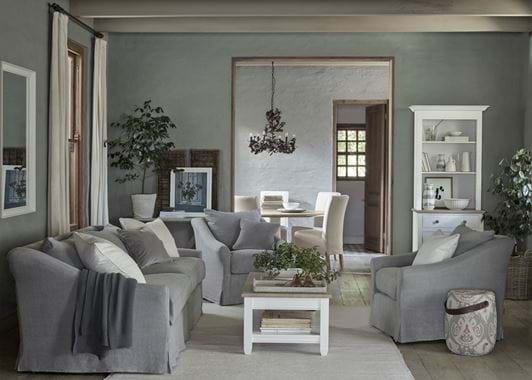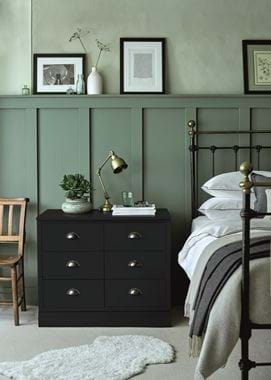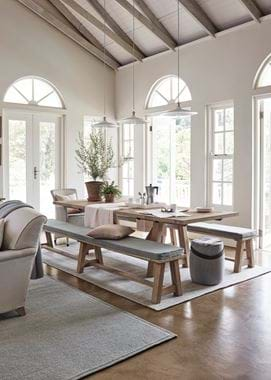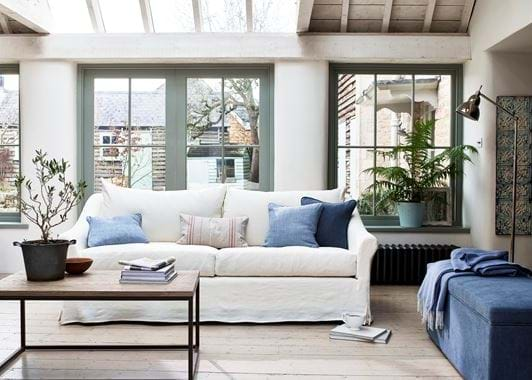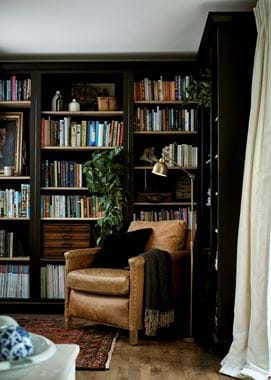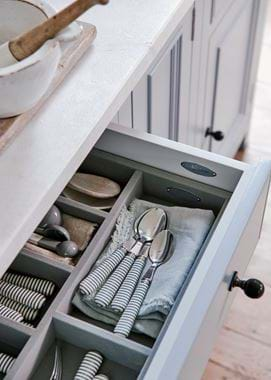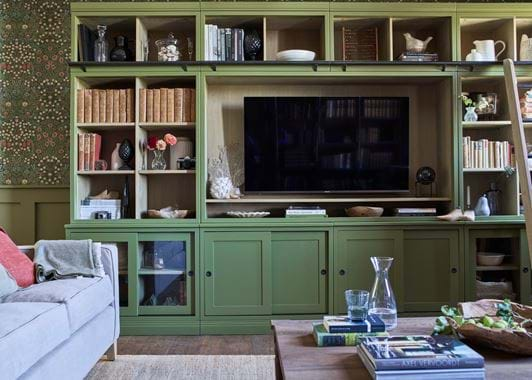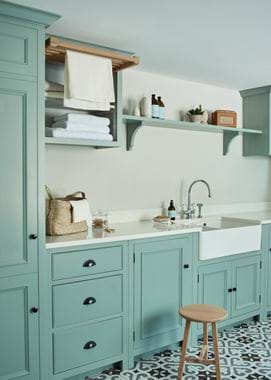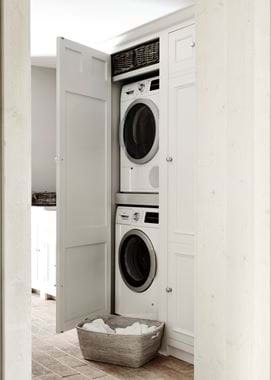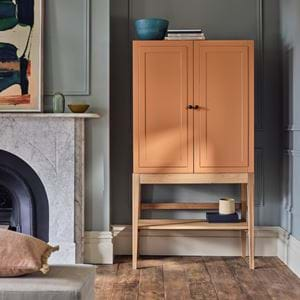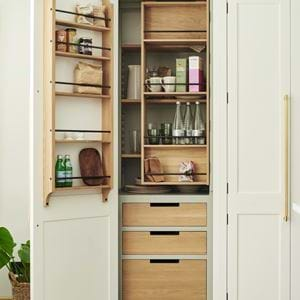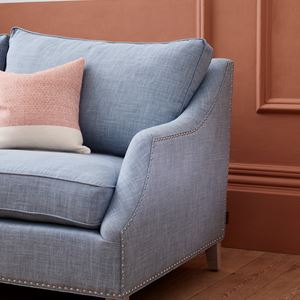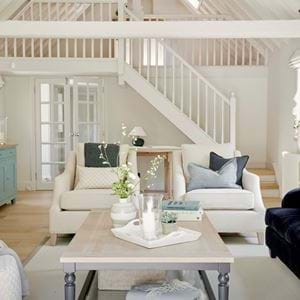How to improve your home’s acoustics
How to improve your home’s acoustics
There’s much to enjoy about modern living – open plan rooms, sunlight streaming through big windows and the gadgets and appliances that make our lives easier. But if there’s a downside to this way of life, it’s probably in the acoustics of a home – from the hum of the dishwasher to the blast of the TV or hairdryer. Even ill-fitted recessed ceiling lights can act as a noise tunnel to travel from one floor to the next.
When we talk about acoustics, we’re talking about how a room reflects sound waves. Having ‘good acoustics’ means that the space is reflecting sound waves in a way that allows clear hearing. ‘Poor acoustics’ mean that sound waves are bouncing around in a way that distorts what’s heard. Then there are two types of noise interference: from within the home and from outside. Trees, bushes and the density of sound-blocking doors and triple-glazed windows are all well-known ways to help reduce exterior noise, but your home’s interior requires some clever (yet often inexpensive) design solutions.
Ideally, acoustic considerations should be part of any renovation project (especially any extensions where lots of glass is involved). There’s even sound absorbing plaster available these days that can be used on walls. But for those of us who aren’t at that stage, the good news is that there are plenty of ways to deaden sound disturbances quite simply. Here are a few of our top tips:
Between rooms, create a material divide
This can really help reduce noise transference. A library wall full of books or fitted wardrobes filled with clothes will both absorb sound well.
Use soft partitions within a room too
Similarly, they can prevent the sound waves bouncing around randomly. A fabric room divider in a large space or a thick bank of foliage will do the job – the less uniform the flat surface, the less sound can bounce easily off it.
Absorb sound opposite windows
If one wall in a room has lots of windows, make sure its opposite wall is covered by sound dampening textiles or furniture. That way, the sound can’t ping-pong between the two flat surfaces.
Remember that sound can be improved through small details too
A velvet-lined cutlery drawer (like those in our Chichester kitchen collection), the mechanics of a soft-close cupboard, or noisy domestic appliances snugly fitted behind doors in a utility room can all enhance a home’s environment.
Designate a room to be optimised for good acoustics
Maybe a music, TV or cinema room. Here, create a cocoon-like space with plenty of soft surfaces like carpet or rugs, thick curtains and deep sofas with cushions and throws. If the space has smaller windows and solid doors, all the better. Our co-founder John and his wife, Emma, Neptune’s creative founder, have done just that in their basement cinema room, a cosy space with an upholstered corner sofa, timber-panelled ceiling and all the tech concealed in deep cupboards. Even the speakers are hidden away behind fabric covered panels – the perfect way to enjoy modern living and optimum acoustics.
Get started with improving your home’s acoustics by taking a look at our soft furnishings collection of scatter cushions, rugs and throws.

